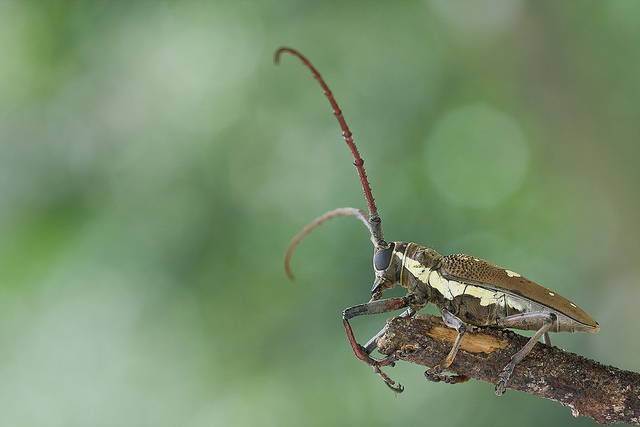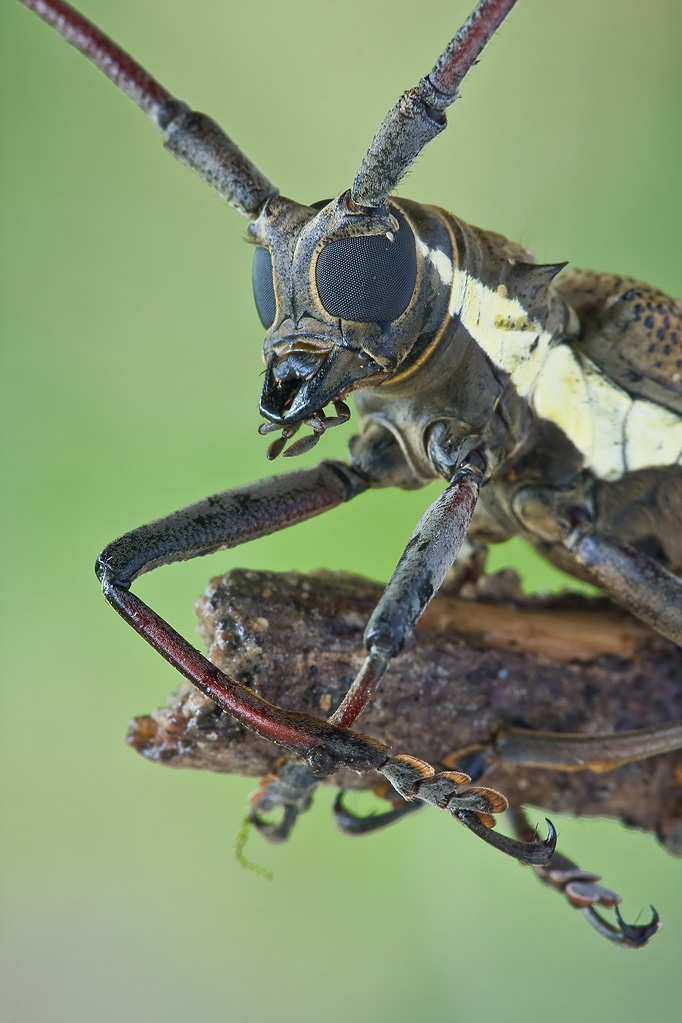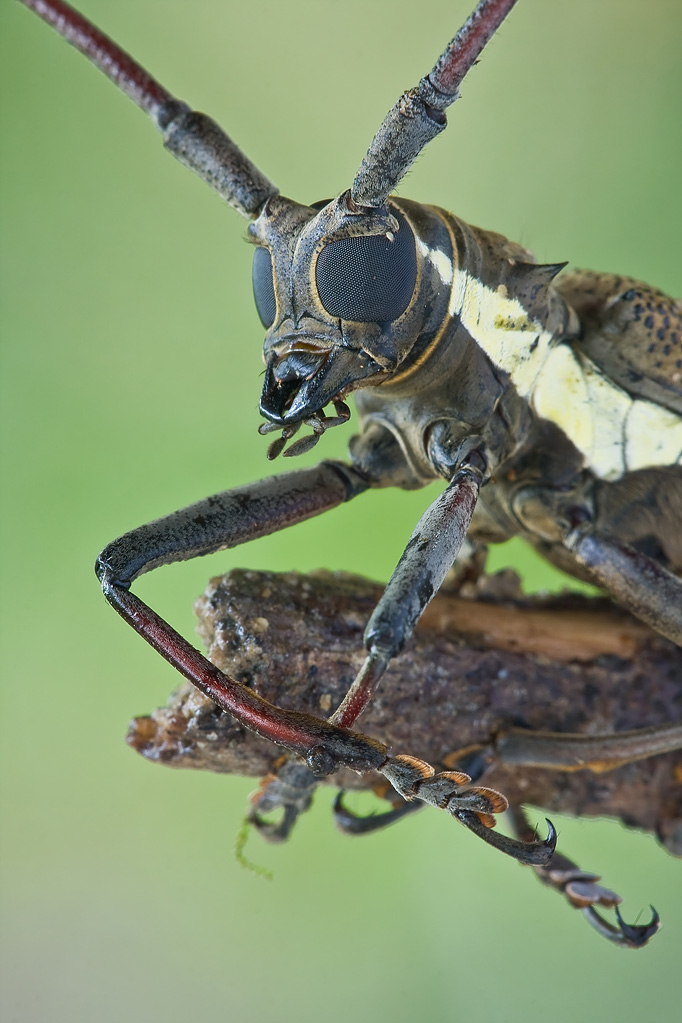| T O P I C R E V I E W |
| orionmystery |
Posted - 25/10/2010 : 12:46:25

Hi, I shot this a while back.
Would appreciate an ID on this.
Thanks  |
| 7 L A T E S T R E P L I E S (Newest First) |
| orionmystery |
Posted - 25/10/2010 : 15:40:12
Thanks, Francesco.
I'll remember to provide more info and different angles of my macro subjects next time  |
| Francesco |
Posted - 25/10/2010 : 15:17:21

After your provided size and this horrible photo-montage ( ), I can confirm: male of Batocera thomsoni Javet, 1858. ), I can confirm: male of Batocera thomsoni Javet, 1858. |
| orionmystery |
Posted - 25/10/2010 : 14:59:51

Another angle. Thanks! |
| orionmystery |
Posted - 25/10/2010 : 14:57:31

Another angle |
| orionmystery |
Posted - 25/10/2010 : 14:53:39

Sorry, pls ignore my previous post. I'll post the rest of the image one by one, one in each post. Thanks. |
| orionmystery |
Posted - 25/10/2010 : 14:49:06
Hi Francesco, sorry for the lack of info. It was shot quite some time ago. I think it was about 60mm if I remember correctly.
Other shots are here:
http://farm5.static.flickr.com/4043/4639088978_76556f6ef8_o.jpg
http://farm5.static.flickr.com/4015/4638484299_5b97c7c53f_o.jpg
http://farm4.static.flickr.com/3409/4638482241_327e7aa8d9_o.jpghttp://farm4.static.flickr.com/3409/4638482241_327e7aa8d9_o.jpg
|
| Francesco |
Posted - 25/10/2010 : 13:28:46
It is surely a Batocera, B. thomsoni or B. rubus, but I can appreciate some particulars.
I do not understand whether it is a male (judging from the abdomen) or a female (judging from antennae).
Usually, thomsoni is larger (32-54 mm) than rubus (26-49 mm). The elytral pattern also is a bit different, with a much larger central spot, but I do not see it very well from this position.
Males of thomsoni are very easy to separate since they have a long spine at the outer side of the protarsomere I and antennae twice as long as body.
I guess a male of B. thomsoni, but I am not sure. Have you taken further pictures? |


